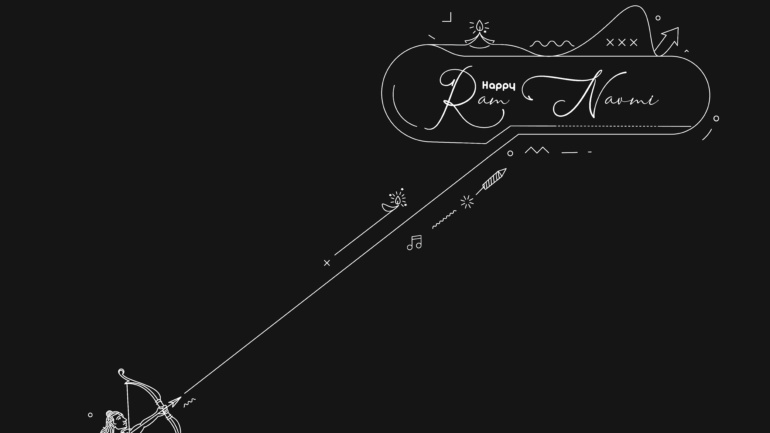Title: The Beat of the Heart: Discovering the Bamaya Dance
Let’s talk about dance for a minute, and not just any kind of dance. I’m talking about a dance that has stood the test of time, with roots deep in the cultural soil of Ghana. A dance so electric that its rhythm has made its way from the dusty streets to the international stage. You’ve probably seen clips of it, or at least heard whispers about it, but today I want to dive deep into the magic that is the Bamaya dance.
If you’ve ever felt like you’re watching the world’s best-kept secret unfold, then you’ve come to the right place. Because I’m about to spill the tea on why Bamaya isn’t just another dance, but a powerful piece of history, culture, and pure heart.
So, What Is Bamaya?
Let’s start with the basics: What exactly is Bamaya? Well, it’s more than just a dance—it’s an experience. It’s a dance traditionally performed by the Dagombas, an ethnic group in northern Ghana, and it’s a symbol of the region’s unique cultural identity. The name Bamaya literally translates to “the river is wet” in the Dagbani language, and trust me, that’s no coincidence. This dance is all about energy, life, and movement.
But let’s not get ahead of ourselves. The Bamaya dance has been passed down for generations, and each step, each twist, and each leap holds a story. It’s a reflection of the people, their struggles, triumphs, and the unity they share. So, when you see someone moving to the beat of Bamaya, know that they are expressing not just rhythm, but history.
The Rhythm of the Dance
Now, let’s talk about what you see when you watch Bamaya. It’s a beautiful blend of fluid movements and high-energy footwork, almost like the dancers are having a conversation with the earth itself. Picture this: a group of men and women, adorned in traditional attire, moving as one to the beat of the drums, swaying their hips and feet in a way that looks like the very earth beneath them is alive.
The dance isn’t just about the movements. It’s about communicating emotion. It’s about telling stories of love, loss, and joy, all wrapped up in rhythmic patterns. The music accompanying the Bamaya dance is just as important as the steps—drums beat with intensity, creating a connection between the dancer and the listener. It’s impossible to ignore the way the rhythm pulses through your body, forcing you to move in sync with the beat.
And for those who have seen it performed live, there’s this moment when you can feel the electricity in the air. It’s contagious. It’s like the rhythm has its own heartbeat, and once you catch it, you can’t help but dance along.
A Dance of History: The Story Behind Bamaya
What makes Bamaya more than just a fun dance at a party is its deep roots in the history of the Dagomba people. The origins of the Bamaya dance can be traced back to the 18th century, and like many traditional dances, it was born out of necessity and survival. It was originally performed to celebrate a good harvest, to give thanks to the gods, and sometimes even as a form of spiritual expression.
The name Bamaya itself, meaning “the river is wet,” is symbolic of the fertile lands along the riverbanks where the Dagombas live. When the dance was first performed, it marked the beginning of the rainy season, which brought life and growth to their crops. The dance served as a reminder of the interconnectedness between nature and the people. It wasn’t just a celebration of the harvest—it was a spiritual connection to the land that nourished them.
It’s not hard to see why this dance has endured for so long. It’s not just about the beats and steps—it’s about a community honoring its traditions and its survival. Through the years, the Bamaya dance has evolved and adapted, but its core purpose remains the same: to unite people, to celebrate life, and to tell stories.
Who Dances Bamaya?
You may have seen people of all ages and backgrounds getting down to the Bamaya rhythm, but this dance is most closely associated with the Dagombas of northern Ghana. While it has spread across the country and beyond, the roots are deeply embedded in the Dagomba people’s history and culture.
The dancers, often clad in colorful traditional attire, perform the dance with incredible passion. In the past, it was primarily men who took center stage, but today, it’s common to see both men and women participating in the dance. When men perform the Bamaya dance, it’s often a display of strength, agility, and power. On the other hand, women’s movements add a layer of grace and fluidity that balances the energy of the performance. Together, they create an unstoppable force that encapsulates the spirit of unity and celebration.
But it’s not just about the people who perform the dance. It’s about the entire community getting involved. If you’re in northern Ghana during a Bamaya celebration, you’ll find that the whole community—regardless of age—becomes part of the celebration. The young and old, the men and women, they all come together to join in the fun, adding their energy to the rhythm that has stood the test of time.
Bamaya: More Than Just a Dance, It’s a Community
In Ghana, we love our celebrations. And when it comes to festivals, the Bamaya dance isn’t just a form of entertainment. It’s the heartbeat of these celebrations. The dance plays a central role in various festivals throughout the year. Whether it’s marking the end of a harvest, celebrating a successful hunting season, or coming together after a difficult period, the Bamaya dance serves as a way to reinforce the bonds of community and to remind everyone of their shared identity.
But let’s be honest here: there’s also an undeniable fun factor to the Bamaya dance. The infectious energy of the drummers, the movements, the singing—it all adds up to one of the most exhilarating experiences you can have. And let’s not forget the Bamaya outfits. They’re bright, they’re bold, and they give every dancer the chance to showcase their cultural pride.
While Bamaya has historically been about tradition and spirituality, today it’s also a form of expression. It’s a way for people to come together, to celebrate their past, their present, and their future.
The Global Reach of Bamaya
As with many cultural traditions, the Bamaya dance has gone global. Thanks to social media and a growing interest in African cultures, the dance has captured the attention of people far beyond Ghana’s borders. If you’ve been on TikTok or Instagram lately, you’ve probably seen clips of Bamaya dancers, shaking up the world with their enthusiasm and charisma.
What’s incredible about this is that Bamaya, once a regional tradition, is now being embraced by people all over the world. It’s a testament to the power of dance, music, and culture in bringing people together. Whether it’s at a cultural festival, a wedding, or even a random flash mob in the middle of New York City, Bamaya has proven that the spirit of the dance transcends borders and connects us all.
Conclusion: More Than Just Moves
Bamaya isn’t just about dancing—it’s about life. It’s about the stories we tell, the struggles we overcome, and the joy we share with the people around us. It’s a reminder that dance is not just a form of expression—it’s a powerful tool for community-building, for celebrating history, and for creating lasting memories.
So the next time you see the Bamaya dance, whether on a screen or in person, I want you to think of it as more than just a series of foot taps and hip sways. It’s the echo of generations past, the energy of the present, and the heartbeat of a community that has danced through centuries. And trust me, once you feel that rhythm, you’ll never look at dance the same way again.


